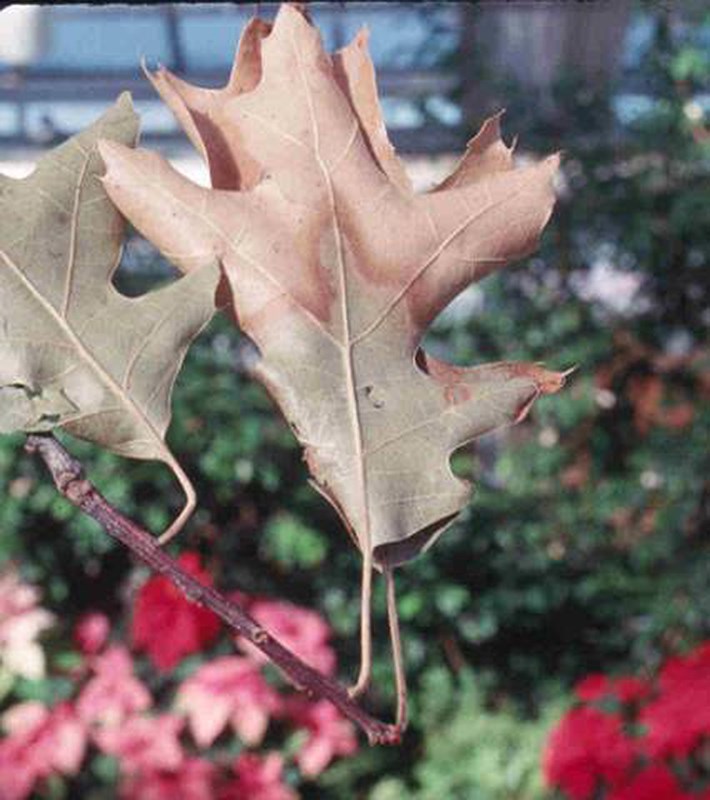George Mathewson
City forestry staff are bracing for the arrival of an invasive species that could spell big trouble for thousands of Sarnia’s most beautiful trees.
Oak wilt is a lethal fungal disease, one similar to the Dutch elm disease that wiped out most of the continent’s American elm trees.
It blocks the tree's vascular system, preventing it from taking in food and water. Wilting starts at the top, works its way down, and within just weeks or months a large and otherwise healthy oak tree is dead.
This devastating disease has been heading slowly northward through the eastern U.S. Though it hasn’t been confirmed in Canada yet it has reached St. Clair County in Michigan, just across the river, and Belle Island in the Detroit River.
In other words, it’s knocking on the door.
“It is a scary thing because we have a significant number of oak trees, especially in the north end,” said Patti Ross, Sarnia’s parks and forestry manager.
“It could be a crisis for our tree canopy, and on the heels of the emerald ash borer it’s just one more thing.”
Oak wilt is transmitted two ways. Insects carry the fungus spores to the fresh wounds on a tree caused by storm damage or pruning. It also spreads through root systems, radiating outward from an infected tree to cause the death of nearby oaks.
Prevention is crucial. Once a tree is infected there is no cure.
The U.S. Department of Agriculture Forest Service says dead and dying trees should be removed immediately and the root grafts between diseased and healthy trees broken by trenching.
Ross, whose staff attended an oak wilt workshop in Windsor in September, said a follow-up session could be held in Sarnia this spring with the Invasive Species Centre and government agencies.
In the meantime, residents can do two things:
Stop pruning oak trees between April and July. That’s when a tree’s wounds are most susceptible to spore-carrying insects, Ross said.
And don’t transport oak firewood from one place to another, because the wood might already be infected.
U.S. foresters say no species of oak is immune, but the family of trees known as red oaks is especially vulnerable to infection and death. Oaks make up a hefty percentage of the tree canopy on both private and public land north of London Road, including Canatara Park.
It’s impossible to say how big of a problem the disease will be for trees here.
In the U.S. Midwest it has caused considerable damage, killing over half the oaks in parts of Wisconsin. But in other states, only a fraction has succumbed.
Forestry staff have started tree monitoring, Ross said, and an update will be issued when the disease is confirmed here.
